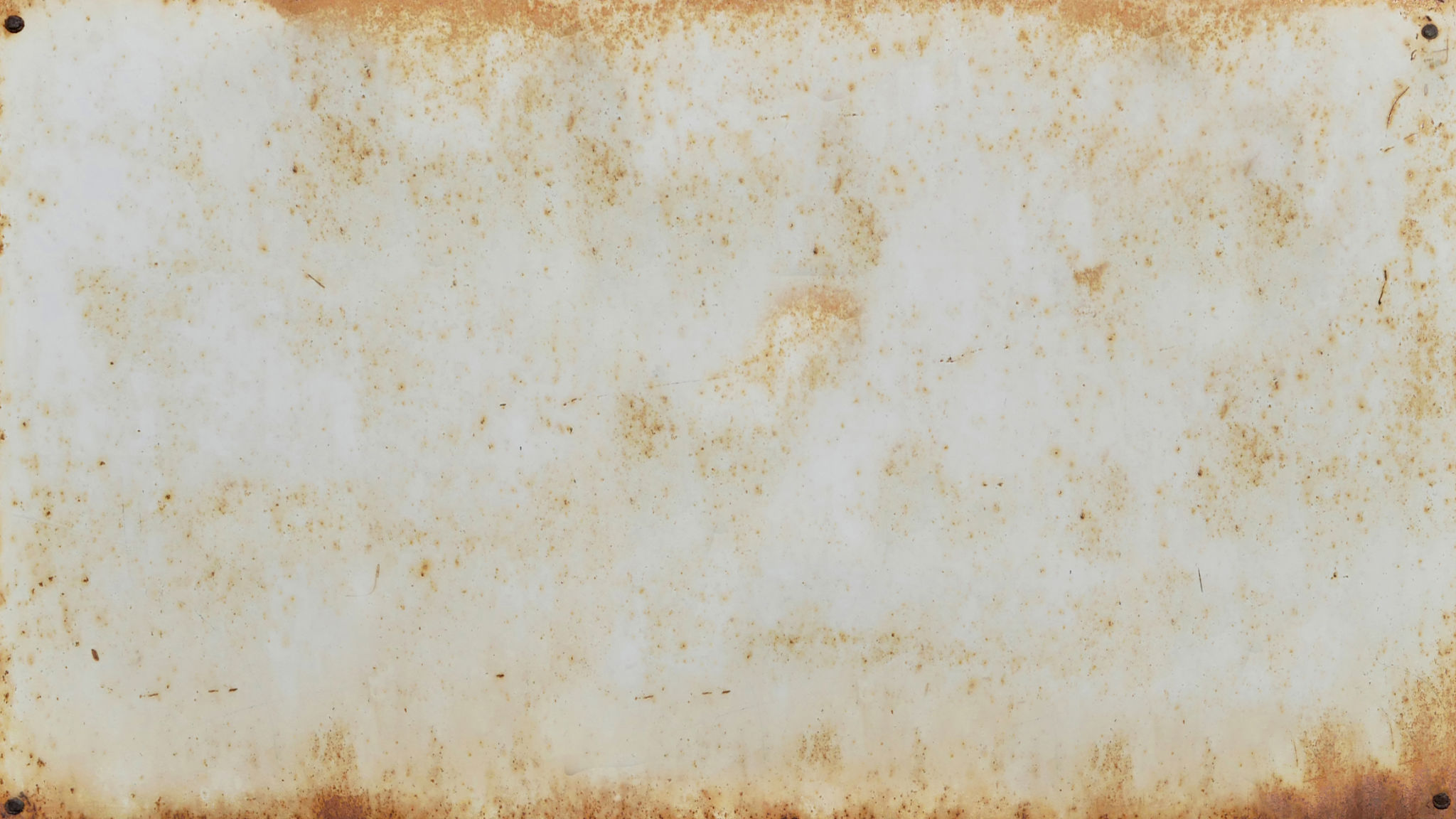Eco-Friendly Rust Removal Techniques: Why Laser Technology is the Future
LL
Understanding Rust and Its Environmental Impact
Rust is a common problem that affects countless metal structures and objects worldwide. While there are numerous methods to remove rust, not all are environmentally friendly. Many traditional rust removal techniques involve the use of harsh chemicals that can harm the ecosystem and pose health risks to humans. As the world becomes more conscious of ecological impacts, there's a growing push towards eco-friendly alternatives. One such method gaining traction is laser technology.

What is Laser Rust Removal?
Laser rust removal is an innovative technique that uses laser beams to clean rust and other contaminants from metal surfaces. This process involves directing high-intensity laser pulses onto the rusted surface, which breaks down the rust into dust that can be easily vacuumed away. This technique is not only effective but also environmentally safe as it doesn't rely on chemicals or abrasive materials.
The Advantages of Using Laser Technology
Laser technology offers several advantages over traditional rust removal methods. Firstly, it is a non-contact process, meaning the laser does not physically touch the metal surface, reducing the risk of damaging the material. Additionally, it is highly precise, allowing for targeted rust removal without affecting surrounding areas.

Why Laser Technology is Eco-Friendly
One of the primary reasons laser rust removal is considered eco-friendly is its minimal environmental impact. Unlike chemical solvents that can leach into the soil and water supply, laser technology produces no secondary waste. Additionally, it uses less energy compared to some other methods, making it a sustainable option.
Cost-Effectiveness in the Long Run
While the initial investment in laser technology might be higher than traditional methods, it proves to be more cost-effective in the long term. The reduced need for consumables and cleaning agents, along with decreased waste disposal costs, contribute to overall savings. Furthermore, the durability and longevity of treated materials can extend their lifespan, reducing replacement costs.

Applications of Laser Rust Removal
Laser rust removal is versatile and can be applied in various industries. From automotive and aerospace to heritage restoration and manufacturing, its applications are vast. The ability to precisely target rust makes it ideal for delicate components or valuable artifacts where traditional methods might cause damage.
Challenges and Future Prospects
Despite its benefits, laser rust removal technology is not without challenges. It requires skilled operation and significant initial investment. However, as technology advances and becomes more widespread, these barriers are expected to decrease. The future looks promising as more industries recognize the ecological benefits and cost savings associated with laser technology.
Conclusion
As we strive for a more sustainable future, adopting eco-friendly solutions like laser rust removal becomes increasingly important. By reducing environmental impact and offering efficient cleaning solutions, laser technology stands out as a leading option for rust removal. As awareness grows, it's likely that this method will become more prevalent across various sectors.
